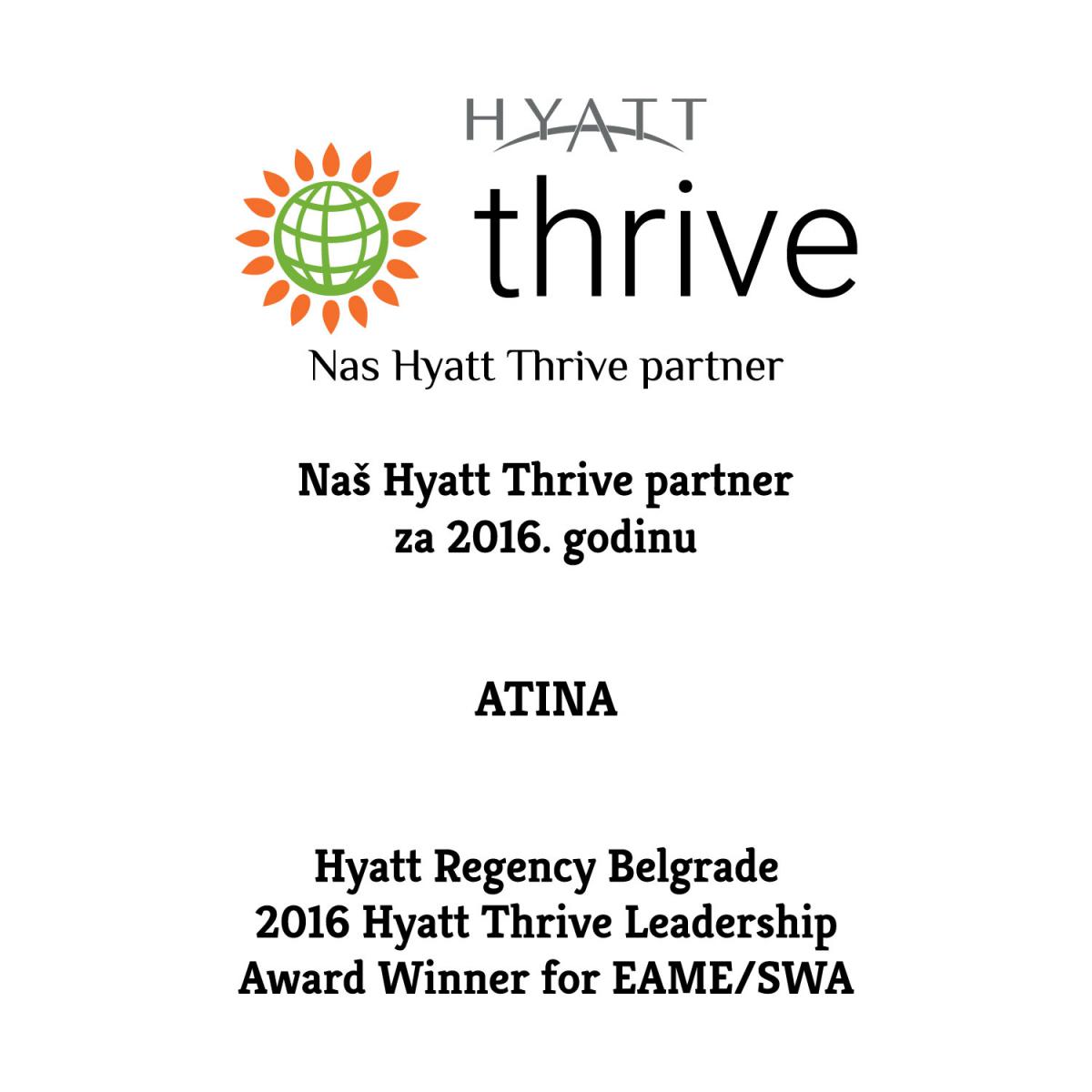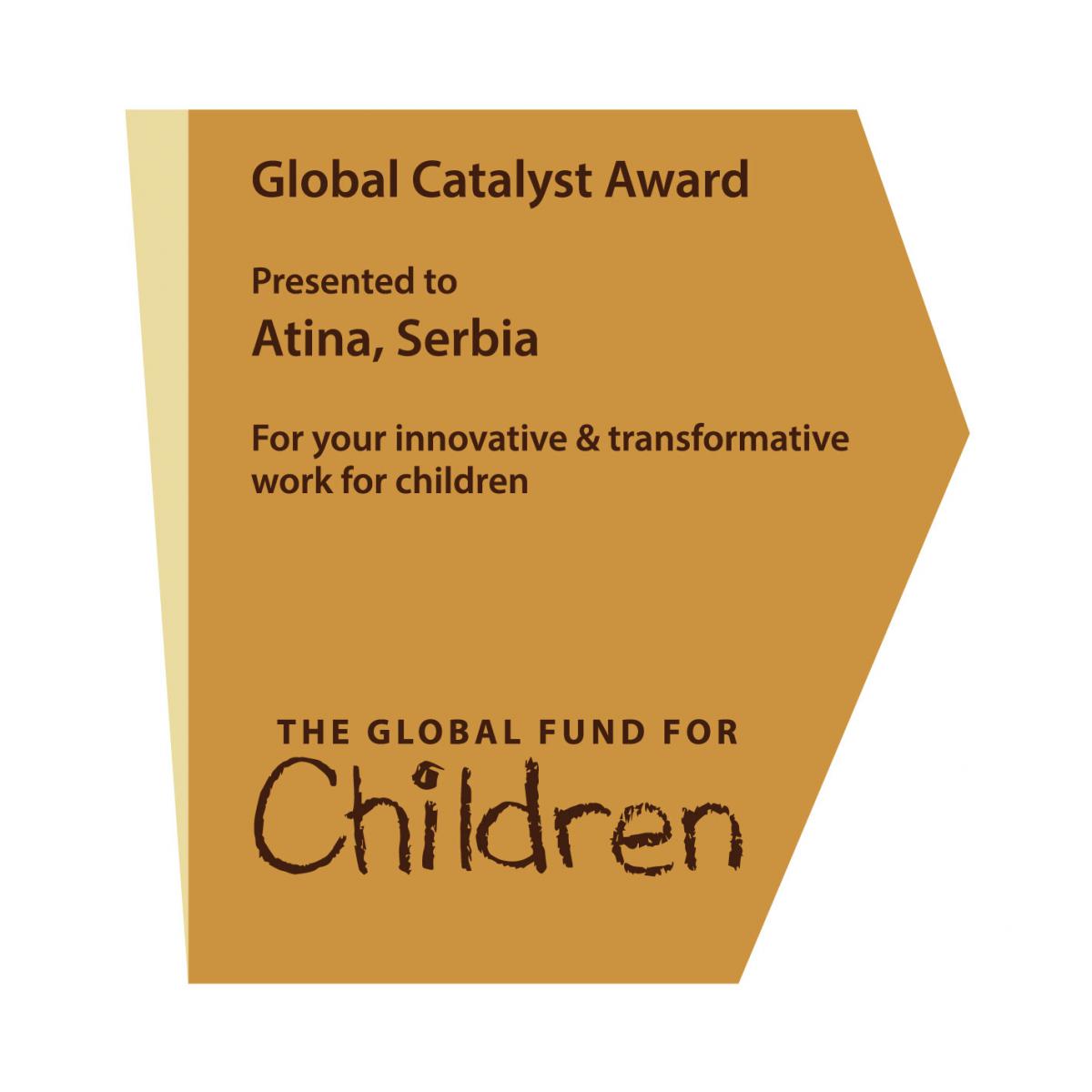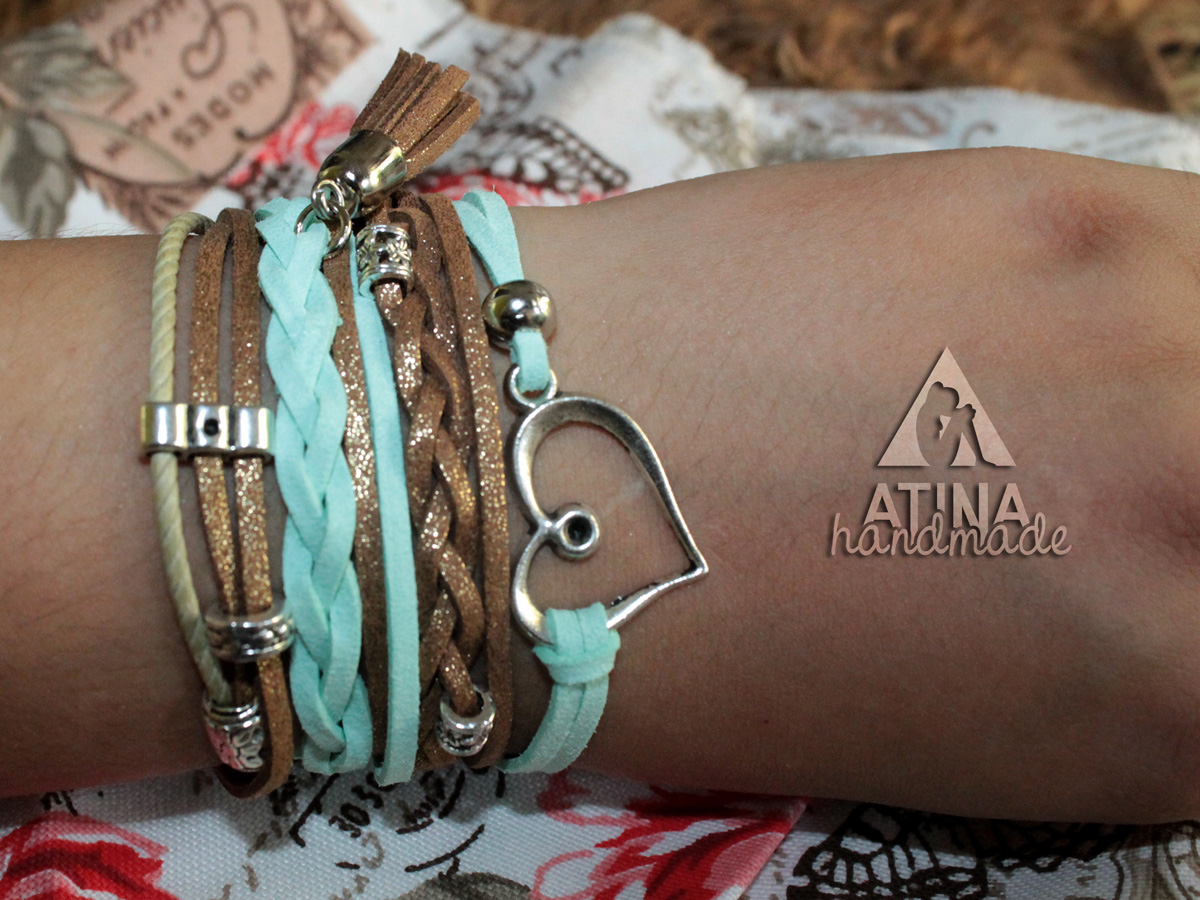Hotline: +381 61 63 84 071
Our “girls on the move” in Serbia: their stories

Photo: Eric Gay/Pool za Reuters
Our “girls on the move” in Serbia: their stories
In Serbia, there are also many “girls on the move” – by which we mean girls and young women who are migrating from their home countries. Girls on the move are not usually the priority for policymakers and their stories often go unheard. However, their experiences are crucial for us to understand what happens at the intersection of women, migrant and child’s rights.
Who are our “girls on the move”?
The girls on the move that contributed to the Girls on the Move in the Balkans research focused on Serbia, in particular, were 17 girls traveling with their families aged 11 to 18-years-old, as well some adult young women who migrated as underage girls. The countries of origin of the girls were Afghanistan, Iraq, Iran and Syria.
The sample of girl participants was representative of the migrant population at the time. In 2019, there was a total of 30,000 new migrants and refugees registered by UNHCR, almost double than in 2018. By December 2019, there were 5,199 asylum seekers and migrants in official Serbian reception centers, most from Afghanistan (the majority, at 51%), Syria, Iraq, Iran, Pakistan and Bangladesh. We know most were adult men and 18% were children.
In Serbia, there is a substantial number of girls among refugee and migrant children – during 2019, their percentage fluctuated between 18% and 33%. Most entered Serbian irregularly through one of the three main routes: Turkey-Greece-North Macedonia; Turkey – Greece – Albania – Kosovo; or Turkey – Bulgaria.
Before migration
Girls on the move in Balkan countries as a whole did not seem to have been active participants in their families’ discussion to migrate or not. Whenever their opinion was valued, it was mostly by their mother. They also did not provide much input regarding the planning of the journey, risk management and survival strategies. Often, they did not really know where they were passing through or what their final destination was. However, girls interviewed in Serbia did not seem to be against the decision to migrate due to harsh conditions in their home countries. As Irem, an 11-year-old girl from Iraq, explained: “No one asked me, but if they did, I’d say I wanted to leave.”
All the girls on the move in Serbia who participated in the research explained that it was mostly safety that pushed them and their families to migrate. “We left Aleppo at a time when the war was already raging. We were left homeless, with nothing.”, said Leila, a 21-year-old young woman from Syria. Girls from Afghanistan and Iraq also referred to the political situation in their countries, while others from countries such as Iran referred to particular acts of persecution by the government or extremists. For many girls and young women, the threat of gender-based violence was also a major factor pushing them to migrate.
None of the participants stressed, however, the lack of economic opportunities. And none of the participants stated they would have started the journey if they had not been forced to do so. As Saba, a 21-year-old young woman from Afghanistan, stated: “If you have the opportunity and choice to stay where you live, stay. Don’t start a journey (…). This journey has been a really bad experience. This is like a big gambling game - you can lose your life, your family, your dignity, or you can get everything you’ve dreamed of. This is such a “game.”
The journey
Most of the girls on the move in Serbia traveled with family relatives, such as parents. Even those that were travelling unaccompanied would prefer to join with other families and pass them as their own. Some also traveled with pretend spouses, men that could act as their husbands.
When the girls began their migration journey, most were unprepared and did not know what to expect. Besides bringing some valuable personal items, they were not sure of the route or the risks they could face along the way – they just knew that Europe seemed to be the place where they could make their dreams come true and finally be safe.
But getting to Europe proved extremely difficult. Narges, a 29-year-old women from Afghanistan, explained why: “We didn’t know what was waiting for us when started our journey. The “jungle”27 surprised us the most. We would walk for hours, sometimes for 72 hours, without food or water, and the uncertainty was sometimes unbearable.” The journey is very dangerous. In 2018, 65 boys and girls were killed trying to reach Greece and, therefore, Europe by land or sea from Turkey.
Traveling with girls did not seem to have a bearing on route planning for most families, but they became extra cautious about choosing smugglers and other people to travel with, probably to minimize risks. Often, girls would also prefer to avoid official reception centers, and instead used private accommodation or slept in the woods.
Another reason why traveling, and especially border crossing, is so difficult is because many girls and their families travel without any identification documents. They would also try to bring limited amounts of money with them to minimize the risk of robbery or extortion. Girls and families with less money were often forced to walk more and without smugglers, which was both more and less perilous, as smugglers themselves were described by girls as “rude, unpredictable and often dangerous”, operating in complex and well-established networks along migration routes. Many forced the girls to trade sex for basic needs, and the risk of rape and sexual harassment was ever present for families with girls and women on the move.
Another group perpetrator of violence, however, were police and border guards. Zeinab, a 21-year-old young women from Afghanistan, shared her experience: “We were deported from Bulgaria to Turkey three times. The Bulgarian police were extremely rude to people. They had no mercy on the children either - I saw them grab a 5-6-year-old child by the throat and throw him away. All the girls and women were searched by male police officers, which was embarrassing. They took everything we had with us.”
However, sometimes traveling with girls, women and children could make a group seem less threatening, and some girls also shared some good experiences when encountering police officers and border guards.
When remembering their migrating experiences, girls highlighted two main points: the importance of networks and protection in transit, usually ensured by traveling with larger groups; and the strength of mother-daughter bonds, the mother being the only person who the girls were able to trust, closely followed by other female family members.
Life in Serbia
In Serbia, girls on the move are usually able to find accommodation in government-run centers. However, many still reported witnessing and experiencing violence, but are fearful of reporting it. On the plus side, girls seemed to be able to access health care easily, despite some lack of culture sensitivity by practitioners (such as providing an interpreter or a female doctor).
When it comes to schooling and education, girls under 18 are generally able to enroll in schools, although some do not feel very comfortable with mixed classes at first. Girls who are over 18, though, struggle to get their diplomas and education recognized. Adolescents and young women also did not find many informal activities targeted at them, as Saba explains: “There are few activities intended for my age. I have the impression that my generation has been completely neglected. Most activities are organised for school-aged children and young children. Girls my age are sitting in rooms doing nothing. There is no way for us to go to schools or colleges, and everything is focused on young children only… It would be interesting if besides language learning (which is not only Serbian), there were sports activities organised for girls, and we would even use self-defense classes to help defend ourselves in some risky situations.”
There is a need to focus more on social integration of older girls, taking into consideration their migration journey and experiences – and this where women’s organizations like Atina can play a significant role.
Organizations Atina and Save the Children have been working for years to improve the position of "girls on the move", in particular by providing direct assistance and support tailored to their needs. As part of the "Pippi of Today" project, extensive activities are being carried out to comprehensively support these girls to exercise their rights, as well as advocacy activities aimed at improving their position. The project is supported by the Swedish Save the Children and relies on ideas proclaimed by the most famous literary figure of the Swedish writer Astrid Lindgren - Pippi Longstocking.












 FACEBOOK
FACEBOOK TWITTER
TWITTER YOUTUBE
YOUTUBE